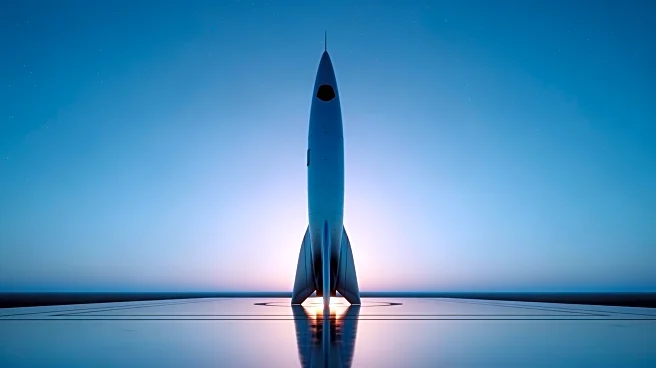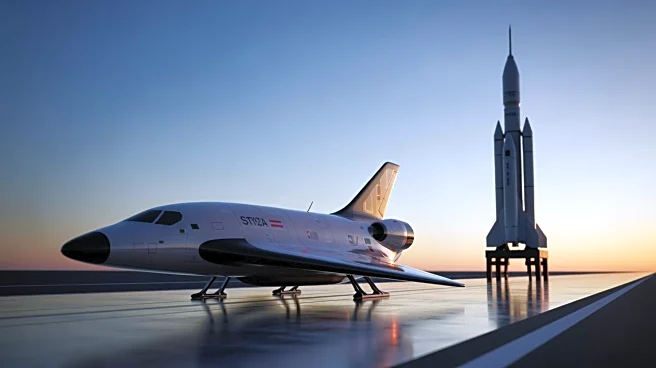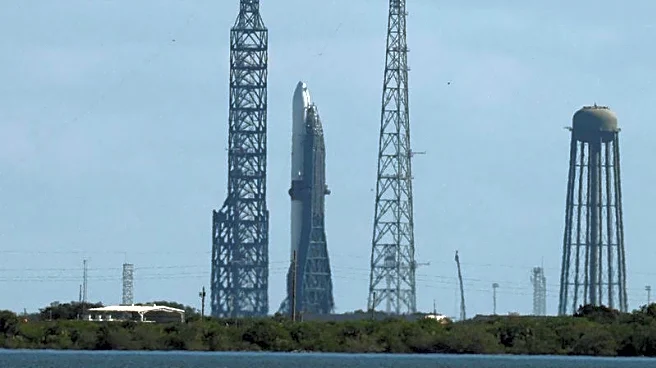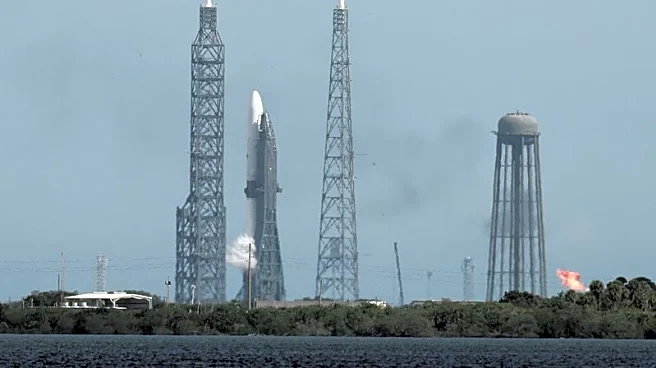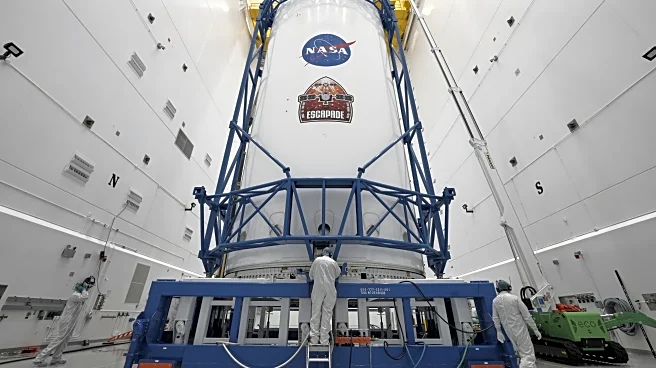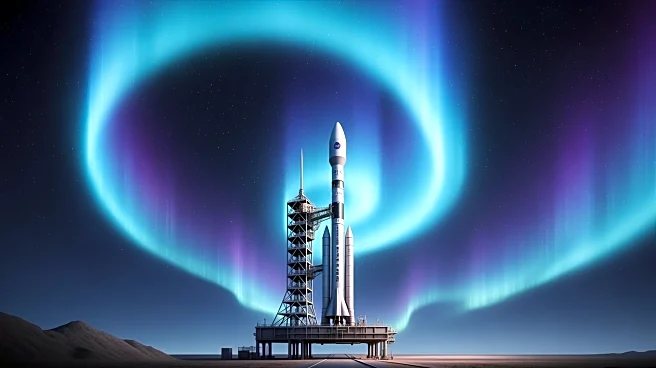What's Happening?
Blue Origin's New Glenn rocket successfully launched NASA's ESCAPADE mission to Mars from Cape Canaveral, Florida. The launch occurred on November 13, 2025, and marked the rocket's first successful sea
landing. The ESCAPADE mission involves two satellites designed to study the interaction between solar wind and Mars' magnetic field. The mission aims to understand the planet's atmospheric loss. The launch was initially delayed due to weather conditions but proceeded smoothly, with the rocket's first stage landing on Blue Origin's autonomous ship, Jacklyn. The mission is part of NASA's VADR contracting framework, which supports cost-effective science payloads.
Why It's Important?
The successful launch and sea landing of New Glenn represent a significant milestone for Blue Origin, enhancing its position in the reusable rocket market. This achievement demonstrates the company's capability to deliver large payloads and support scientific missions, potentially increasing its competitiveness against other space industry players. The ESCAPADE mission contributes to Mars exploration by providing insights into the planet's atmospheric dynamics, which are crucial for future missions and understanding planetary environments. The use of the VADR framework highlights NASA's commitment to innovative and cost-effective approaches in space exploration.
What's Next?
Following the launch, the ESCAPADE spacecraft will undergo navigation checkouts before entering a year-long orbit near Earth. In 2026, the mission will perform an Earth gravity assist to set up its transfer to Mars, with arrival expected in 2027. Once at Mars, the satellites will conduct an 11-month campaign to gather data on solar wind interactions. Blue Origin will likely continue to refine its reusable rocket technology, aiming for more frequent and reliable launches. The success of this mission may lead to increased collaboration between NASA and commercial space companies.


